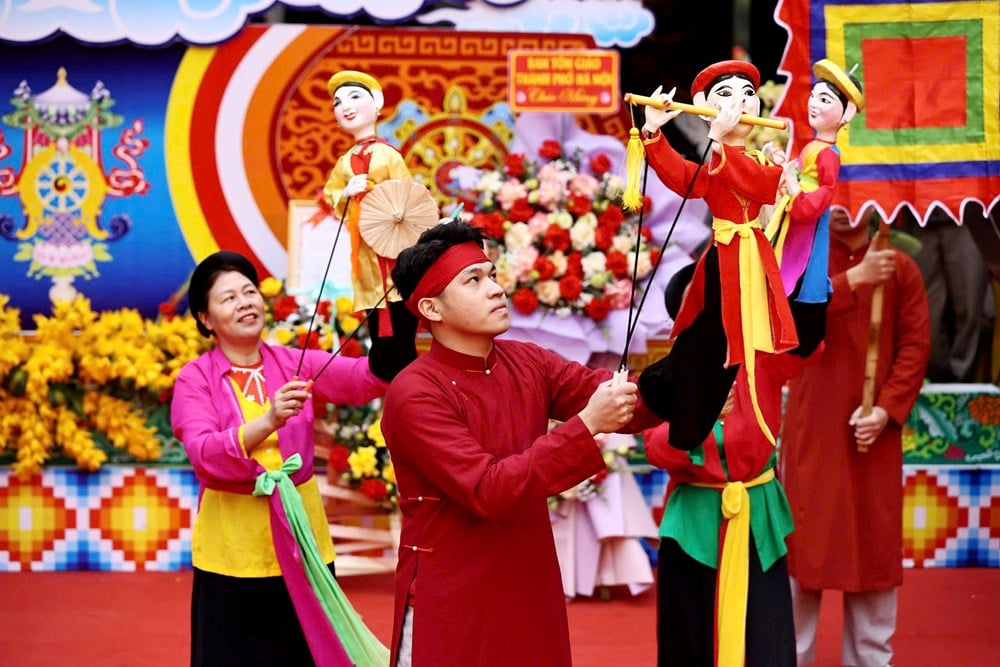
In particular, it is necessary to raise awareness of each citizen and the whole community about building a cultural environment, thereby spreading cultural values and norms, creating conditions for good and humane cultural values to flourish, preventing and eliminating negativity, anti-culture, and inappropriateness.
The foundation for development
Realizing the importance of building a cultural environment associated with a civilized lifestyle, value system and standards for Vietnamese people in the new period, the Culture sector has chosen building a grassroots cultural environment as a breakthrough task for many years.
Especially in recent times, when the whole country is changing in the process of restructuring the country and organizing the operation of the two-level administrative apparatus, culture and cultural environment are always identified as the fundamental factors for sustainable development.
Building a grassroots cultural environment is always an urgent requirement, affirming the role of culture in fostering the values of truth - goodness - beauty, meeting the requirements of sustainable development of the country. Identifying the important role of building a grassroots cultural environment in all activities, the Ministry of Culture, Sports and Tourism in recent years has always paid special attention to building and developing cultural life; preserving heritage values - the core nucleus to create community cohesion, attract tourists and develop tourism ...
Many meaningful and practical activities have been and are being implemented by the Ministry of Culture, Sports and Tourism towards the grassroots, contributing to improving the cultural and spiritual life of the people and forming a good cultural environment. According to experts, the grassroots cultural environment is the nursery to create cultural personality, ethics and human behavior. The cultural environment has a special significance in shaping personality, connecting and forming a system of cultural and human values; it is the basis for creating a good, happy and livable society.
Cultural experts also affirm that in any period and context, building a healthy cultural environment is always the foundation and driving force for economic and social development. Reality has proven that when the cultural environment is damaged, it will aggravate social instability, leading to unpredictable consequences.
Because of the importance of the cultural environment, this issue is increasingly receiving more attention from scholars at home and abroad. Identifying the connotation of the cultural environment not only attracts cultural, political and social researchers but also receives special attention from those working in economics, business and tourism. The cultural environment is considered a special cultural, social and economic resource.
With their own characteristics, the cultural environments in our country have many different scales and characteristics. Cultural environments, whether in rural areas, urban areas, or the cultural environments of ethnic minorities in mountainous and island areas, all contribute to creating a common cultural space for the community and the country. Each environment has its own characteristics, creating diverse regional nuances.
Community Engagement
Building a healthy cultural environment is the process of preserving and spreading cultural values and norms from the family environment to the community and the nation. From positive seeds, it will create conditions for good and humane cultural values to flourish, preventing and eliminating negative, inappropriate counter-culture, or damaging cultural values and norms.
In this process, cultural experts note that it is necessary to promote the role of communities, community groups, and the places where each family lives. Because the cultural environment in residential areas has a significant impact on the formation of each individual's personality as well as the health of the family's cultural environment. Good cultural environments have a positive meaning in spreading and connecting the community.
Emphasizing the importance of building a cultural environment in meeting the requirements of sustainable national development, Prof. Dr. Tu Thi Loan, former Director of the Vietnam National Institute of Culture and Arts, stated that Resolution 33 has provided the most basic and comprehensive contents of the work of building a cultural environment, with three important cultural environments forming, nurturing and perfecting human personality, as well as consolidating and developing culture: Building a family cultural environment; building a cultural environment in schools; building a cultural environment in the community and society.
However, these are major contents that provide orientation for the process of building a cultural environment in general. For each specific space and cultural environment, it is necessary to apply, develop, expand, and concretize them to be suitable and compatible.
Cultural experts also note that, through many different historical periods, the Vietnamese cultural environment has been formed and developed with the inheritance and preservation of traditional elements, combined with new, modern elements. Cultural landscapes, cultural activities, traditional festivals or cultural institutions... are always in constant movement and change, including lost and fading elements.
The community is the object of preserving and maintaining cultural identity, selecting the quintessence associated with the elements of the times. Notably, the absorption of cultural influences from outside is inevitable for most cultural environments. In that condition, that context, the role of the core in the community becomes more important. The elders, artisans, and prestigious people will promote their role in propagating and mobilizing people to raise awareness, selecting the quintessence so that positive factors are spread and negative ones are pushed back.
Looking at a broader perspective, for national culture, the cultural environment is where the value system - the core element of national identity - is formed, preserved, inherited and promoted. The cultural environment is not only a place to nurture and transmit national cultural values but also a place to inspire and create new values.
The typical values of each nation are imbued in the elements of the cultural environment, expressed as standards, behavioral patterns, or symbolized and encoded in cultural heritages, revealed through activities, cultural practices, etc. It can be said that the cultural environment is an important factor contributing to creating the attractiveness - soft power of the nation in the international arena.
Hanoi promotes the cultural values of craft villages, reaching out to the world
Cultural environment is an important factor to be built and promoted in Hanoi's traditional craft villages. The city is actively preparing for the International Craft Village Conservation and Development Festival , scheduled to be held in November 2025 at the Thang Long Imperial Citadel Heritage Site. The exhibition spaces will be designed with the theme "Conservation - Development - Integration".
Hanoi currently owns about 1,350 craft villages and villages with crafts. Each craft village is a precious tangible and intangible cultural value. Among them, dozens of craft villages have been known to the world such as: Bat Trang pottery, Van Phuc silk, Phu Vinh bamboo and rattan, Chuyen My mother-of-pearl inlay, Chuong conical hats, Son Dong statue carving... With the great potential and strength of craft villages, the city considers this a strategy to position the brand of Hanoi craft villages. On the other hand, with the role of the "locomotive" of the whole country, organizing the festival is an activity to honor, promote and support the craft villages of the whole country; affirming that Vietnam is a country rich in identity, capable of deep integration in the field of handicrafts - design - creative culture. MOC MIEN
Source: https://baovanhoa.vn/van-hoa/nang-cao-nhan-thuc-hon-nua-cho-cong-dong-157578.html








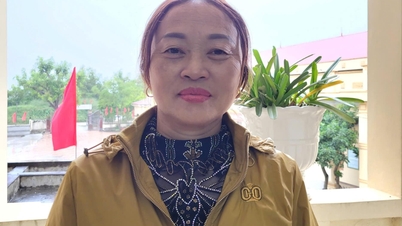

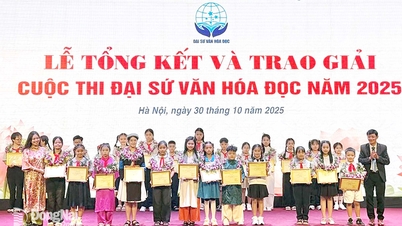


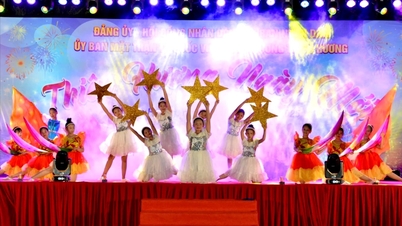



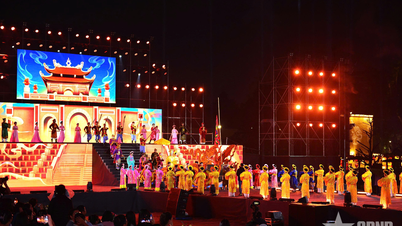



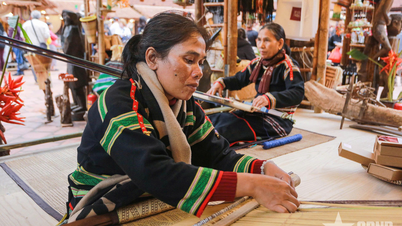
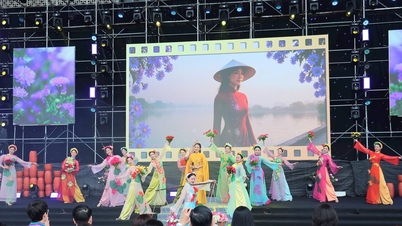

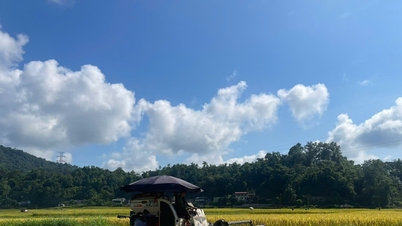

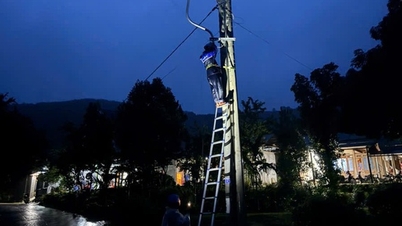











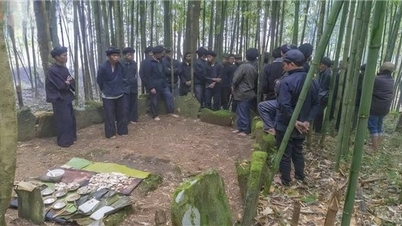









![[Video] Hue Monuments reopen to welcome visitors](https://vphoto.vietnam.vn/thumb/402x226/vietnam/resource/IMAGE/2025/11/05/1762301089171_dung01-05-43-09still013-jpg.webp)




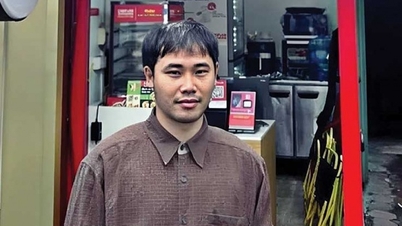


































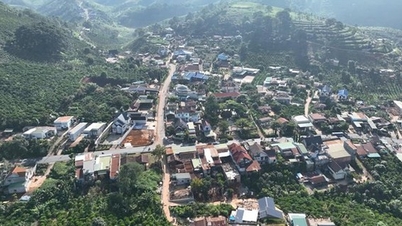

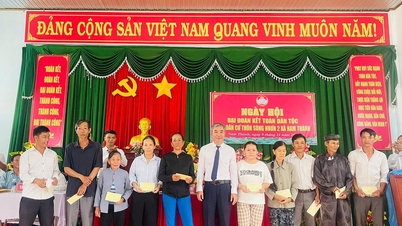

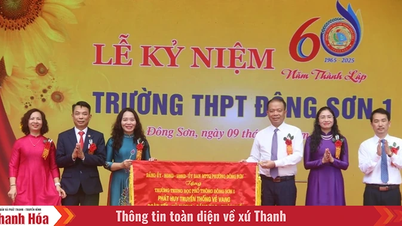



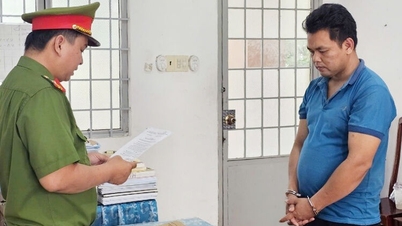





![Dong Nai OCOP transition: [Part 2] Opening new distribution channel](https://vphoto.vietnam.vn/thumb/402x226/vietnam/resource/IMAGE/2025/11/09/1762655780766_4613-anh-1_20240803100041-nongnghiep-154608.jpeg)








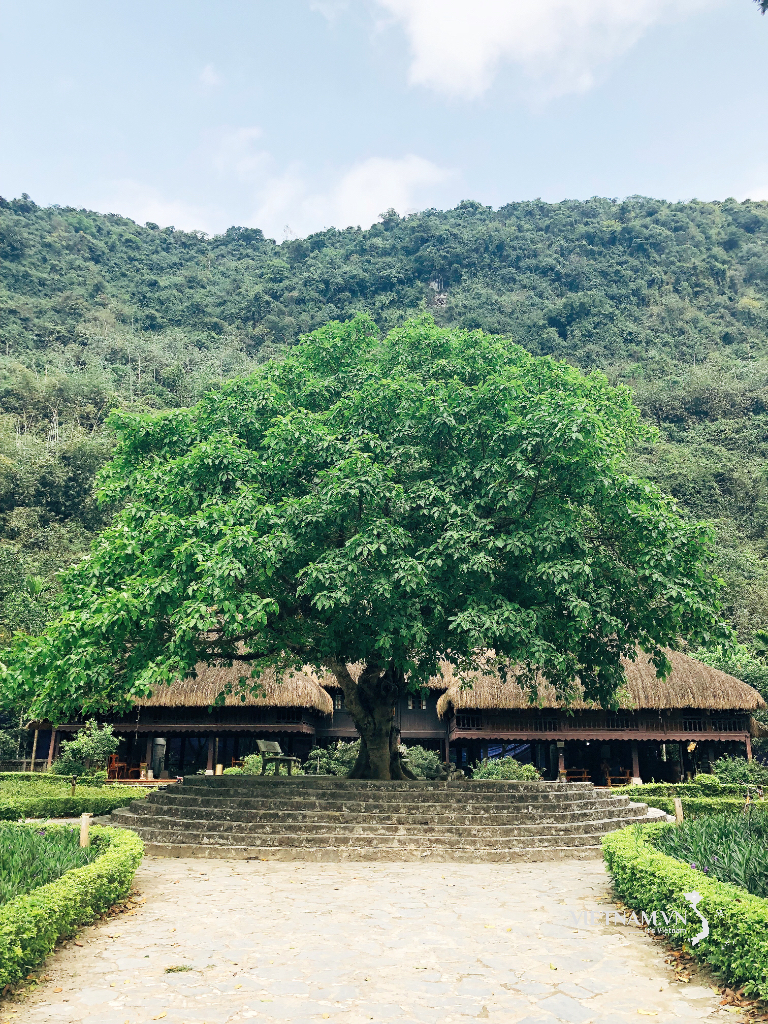
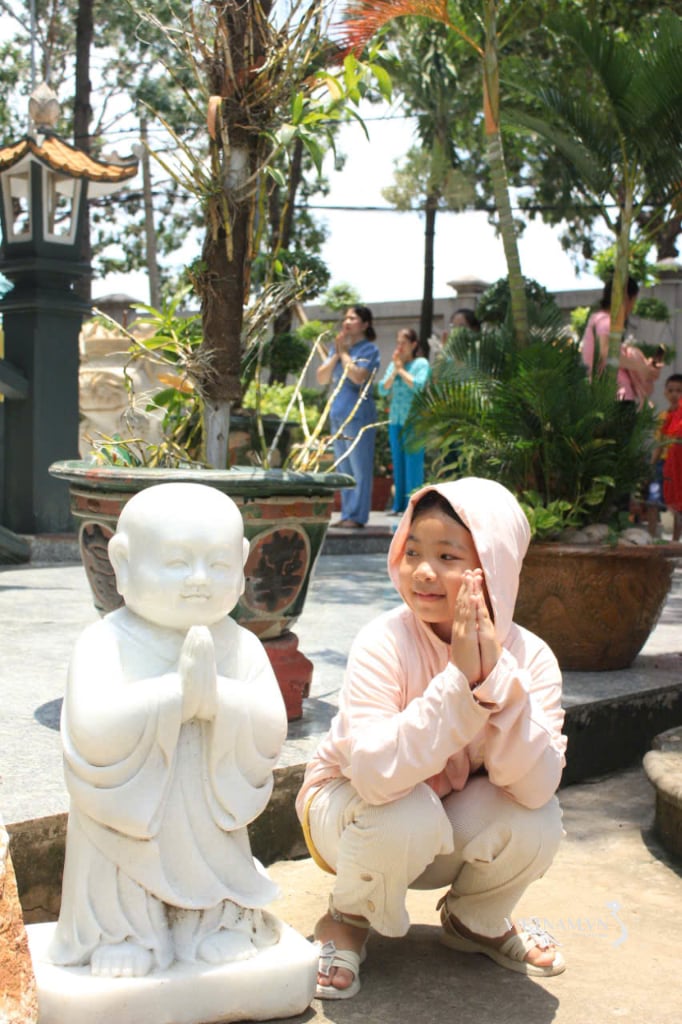


Comment (0)